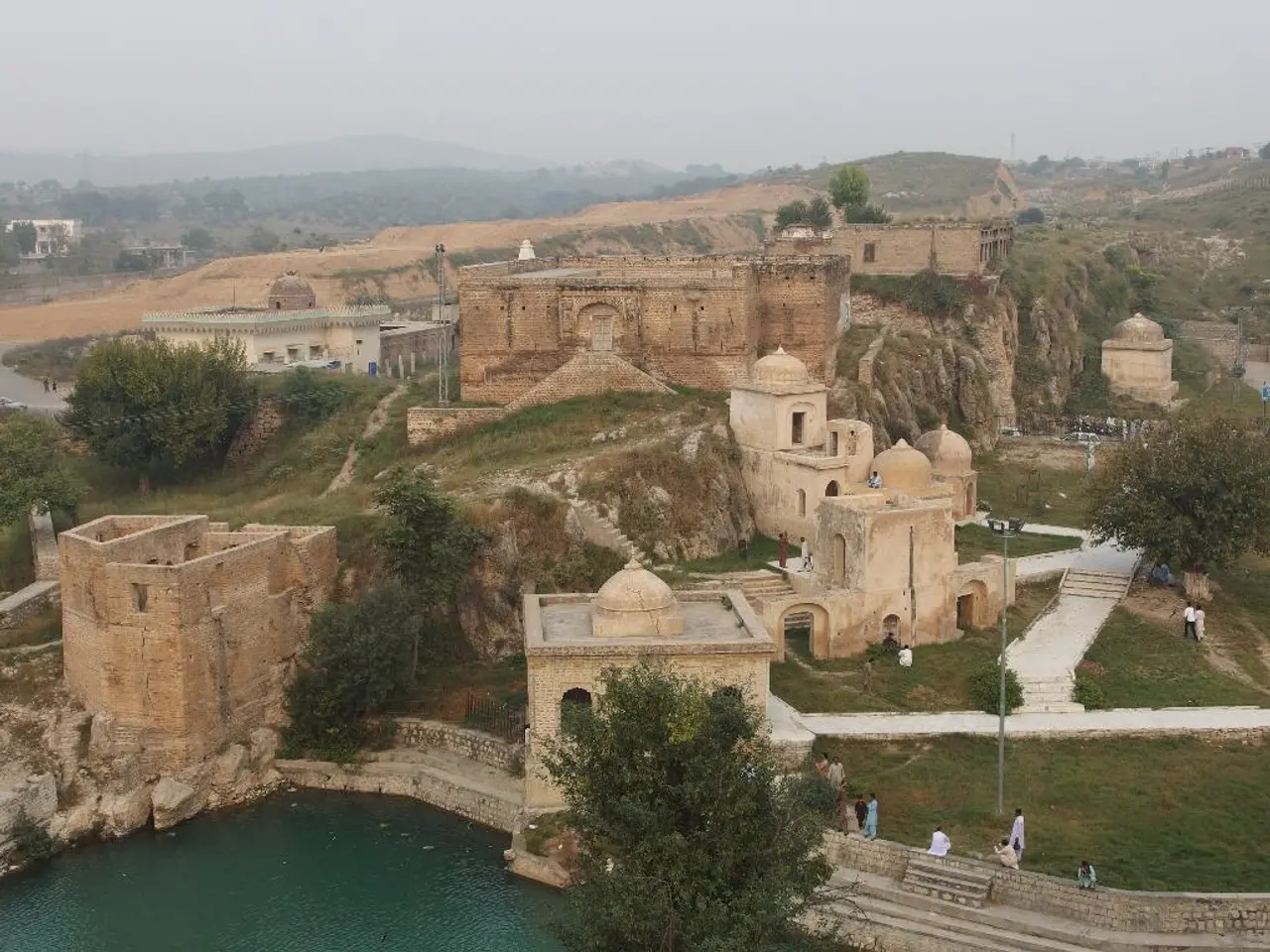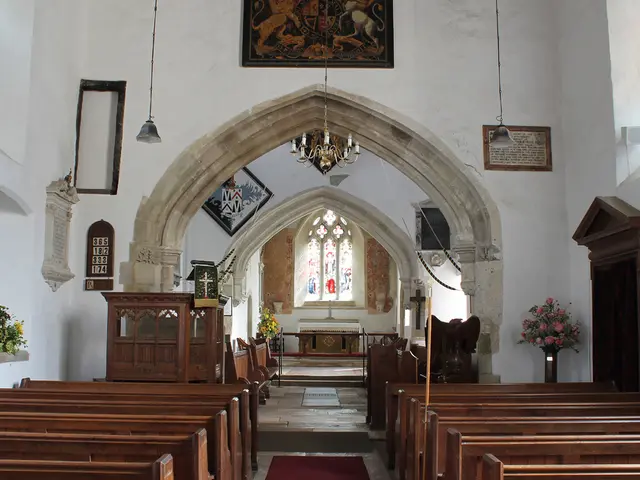Unveiling the Controversies, Gossips, and Suggestive Elements That Add an Unanticipated Thrill to the Serenity of the English Landscape Gardens
In a captivating new publication, garden historian Tim Richardson delves into the lesser-known stories and original intentions behind some of England's most enchanting 18th-century landscape gardens. Published by Frances Lincoln and priced at £40, "The English Landscape Garden: Dreaming of Arcadia" offers a fresh perspective on these iconic green spaces, revealing how they were deeply influenced by continental art and ideas, particularly landscape painting.
Richardson's work explores 20 of the finest surviving examples of 18th-century landscape gardens, including Stowe, Chiswick House, Petworth, Wrest Park, Rousham, Castle Hill, St Paul's Walden Bury, Blenheim Palace, Hawkstone Park, and the Picturesque Hs (Hackfall, Hawkstone, and Hafod). These gardens were not merely designed as natural or pastoral scenes but were shaped with artistic ambitions inspired by landscape paintings, such as those by Salvator Rosa.
The creation of these gardens was part of a broader cultural engagement with the idea of Arcadia, an idealized, classical vision of pastoral harmony. Richardson's title underscores that these designs were not just about gardening but about *dreaming of Arcadia*—a constructed myth of utopian nature reflecting Enlightenment and early Romantic ideals.
The Picturesque, emerging around the 1730s and influential throughout the 18th century, played a significant role. This aesthetic valued "pictorial beauty," emphasizing scenes agreeable for artistic representation rather than mere naturalism, challenging prevailing Enlightenment rationalist aesthetics. Garden designers incorporated this by creating views and sequences that looked like landscape paintings, appealing to the sensibility of visual delight and emotional response.
Richardson's narrative brings forward lesser-known intentions such as the educational and cultural aspirations of garden owners, who often used the gardens to showcase their knowledge of art, philosophy, and travel. For instance, aristocrats who had been on Grand Tours incorporated European artistic and cultural influences into their garden designs, blending personal experience with landscape architecture.
One such example is Studley Royal, a dreamy and immaculate valley garden that Richardson finds transcendentally beautiful. John Aislabie, who sought refuge after being accused of financial misdemeanours, created Studley Royal, which Richardson describes as the most elegant riposte imaginable. The garden culminates with a view down and across the ruins of a Cistercian abbey.
Another notable garden discussed in the book is West Wycombe Park, which Richardson finds particularly exciting. He appreciates it as a riposte to the hypocrisy and self-aggrandisement of the time. Blenheim Palace is another garden where Richardson sees a deliberate connection to the Battle of Blenheim battlefield, with alignments of trees and a triumphant five-story bridge.
Hawkstone Park, common to all the Picturesque Hs, is designed to elicit a thrill of fear in visitors as they traverse rocky precipices and encounter live hermits. Stourhead, on the other hand, is seen by Richardson as a joyous landscape, contrary to the received perception of it being a 'landscape of loss'.
Stephen Parker, a garden historian, lecturer, author, and design curator, has reviewed the book, praising it as a welcome addition to any garden history library. The book, "The English Landscape Garden: Dreaming of Arcadia," has reignited Parker's imagination, interest, and passion for the gardens of the 18th century.
This perspective enriches the traditional view by situating English landscape gardens within a visual and intellectual framework of 18th-century aesthetics and cultural aspirations, as thoroughly examined by Tim Richardson in his book.
The book "The English Landscape Garden: Dreaming of Arcadia" is a comprehensive exploration of 18th-century landscape gardens, delving into the lesser-known intentions and original inspirations behind these iconic green spaces. It not only discusses the gardens themselves but also their role in reflecting Enlightenment and early Romantic ideals.
The gardens, such as Stowe, Chiswick House, and Blenheim Palace, were not just exemplars of gardening but were also reflections of home-and-garden literature, art, and the broader cultural engagement with the idea of Arcadia.
Readers may find interest in the book's analysis of the educational and cultural aspirations of garden owners, who used their gardens to showcase their knowledge of art, philosophy, and travel, often incorporating European influences into their designs. This perspective on the gardens is further enriched by the focus on the Picturesque and its influence on the aesthetic choices made during their creation.








